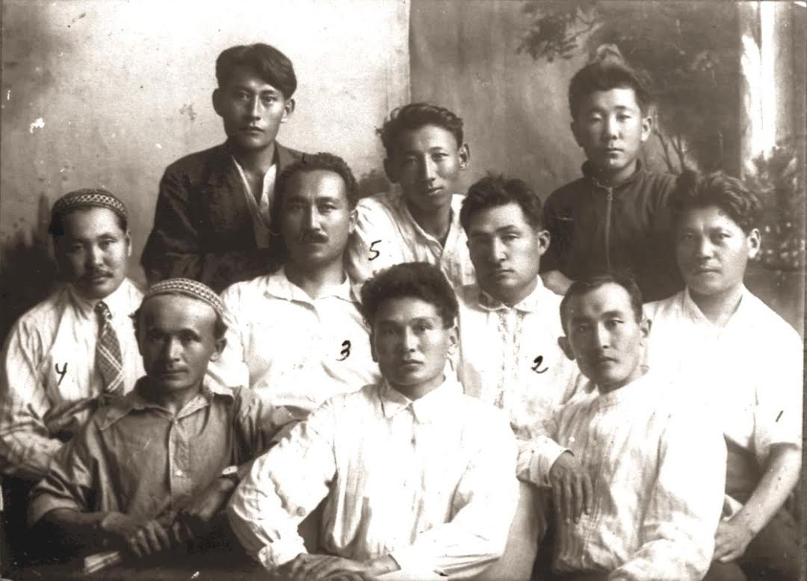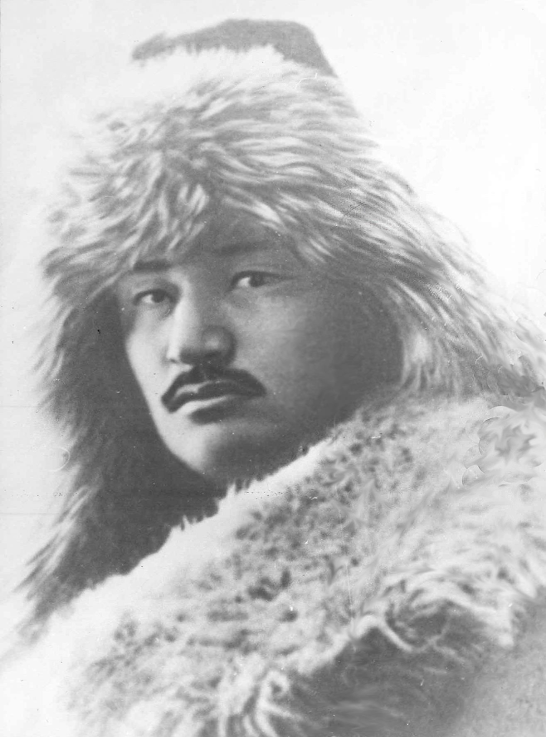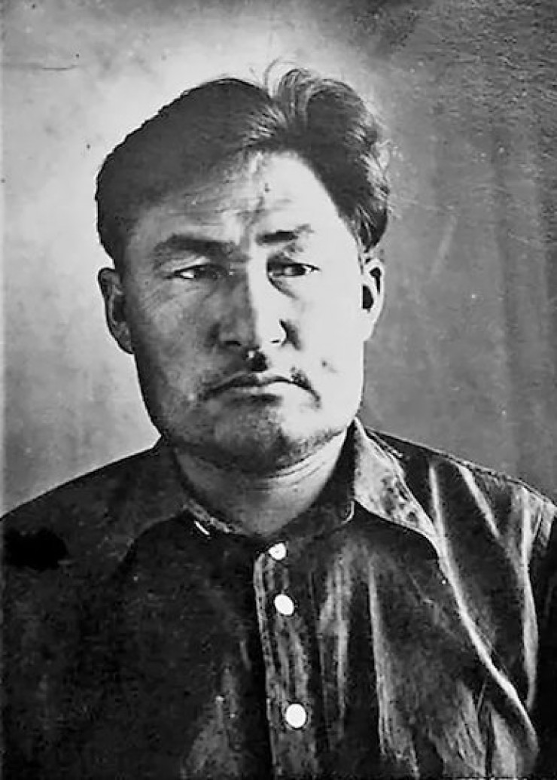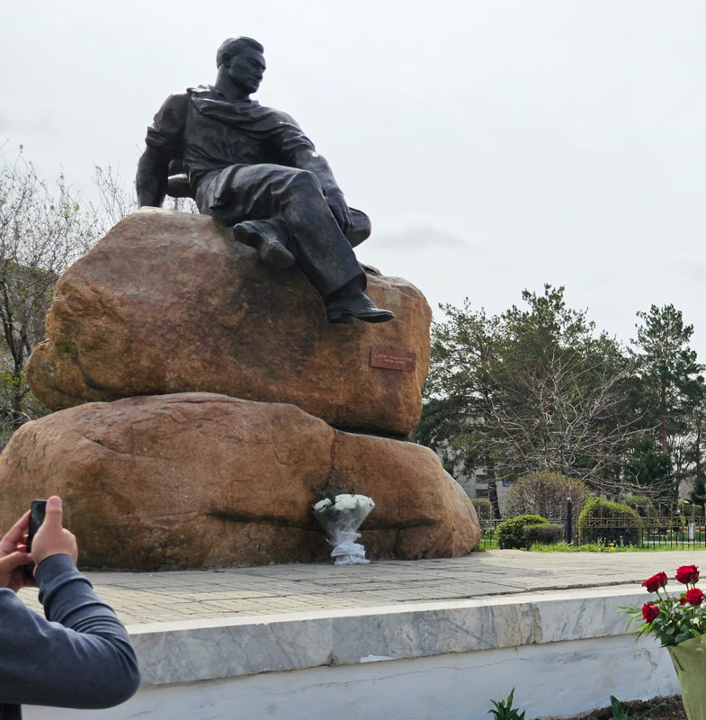“Kulager” of Kazakh poetry – Ilyas Zhansugurov turns 130 years old
During his short life, he managed to leave a huge and valuable legacy to his descendants, which eventually turned into a classic of Kazakh literature.
Ilyas Zhansugurov was born on May 14, 1894. He lost his mother early, his father, a master and farrier Zhansugur, raised his son. Ilyas Zhansugurov spent his childhood and adolescence in the village of Aksu small administrative district of the Semirechensk region.
The boy’s creative nature manifested itself very early. Ilyas skillfully played the dombyra, studied folk literature, and improvised himself. He was attracted by aytys (song competition) between the local aqyns (poets). Soon, he became a storyteller by himself, loved to participate in the improvisation competitions, and repeatedly won them.
Ilyas Zhansugurov continued his studies at the Mamania Madrasah, the center of knowledge in Zhetisu in the late 19th and early 20th centuries. Here, he got acquainted with the works of Abai, Shan-Girey, Baitursynov and other creators of national culture. At the same time, the young man’s first poems are born about love, the beauty of his native nature, as well as folk singers and musicians.
In the early 1920s, Ilyas Zhansugurov enrolled in short-term teaching courses in Tashkent, participated in the expedition of ethnographer Abubakir Divayev, who collected folklore in Turkistan and a number of its regions. After studying at the courses, a young teacher taught the children at the village school in his district. At the same time, he developed an interest in journalism and collaborated with the “Tilshi” and “Ak Zhol” newspapers.
Soon, Ilyas Zhansugurov was invited to the Institute of Public Education in Vernyi city (current Almaty), and later, he became its head. In the second half of the 1920s, Ilyas Zhansugurov lived in Moscow as a student of the Communist Institute of Journalism. Here, there was an opportunity to move forward in literary circles. He met with Vladimir Mayakovsky, Demyan Bedny, Eduard Bagritsky, Mikhail Svetlov and other famous writers. Having received the higher education, Zhansugurov became the first professional journalist in his homeland. As a full-time specialist, he worked in the “Enbekshi Kazakh” newspaper (now, Egemen Qazaqstan). But along with journalism, he continued to involve in the literary work, and wrote the poetry.

In 1932, Ilyas Zhansugurov received a new appointment — he headed the commission that prepared the congress of the Kazakh writers. Then, he became the Head of the National Union of Writers. In 1934, he participated in the work of the 1st Congress of the Soviet Writers in Moscow, made a report on how national literature was developing in the country.
The work of Ilyas Zhansugurov is diverse. There is a rich literary heritage, and he created in different genres: the “Steppe” poem, which reflects the important stages of the Kazakh history. Or the famous work “Kulager” — a poem that has become a classic of the Kazakh literature. Ilyas Zhansugurov dedicated his “Kulager” poem to the poet and musician of the 19th century Akan Seri Koramsauly. A work tells about a dramatic episode in his life — the death of the composer’s beloved steed, Kulager. The poem has become one of the most tragic works in national literature. These are the author’s revelations about the life of the people and irreparable loss of the Kazakhs from the changes in the steppe.

In the “Kyui”, “Kyuishi”, “Dala” poems, Zhansugurov proved himself as a connoisseur of national music. In his work, he also acted as a playwright and wrote the heatrical plays – “Kek”, “Turksib”, “Isatai – Makhambet”.
Therefore, Ilyas Zhansugurov actively participated in the compilation of textbooks for schools and the first Kazakh calendar, engaged in literary criticism, preparation for printing works of Kazakh folklore, artistic translation of classical works into Kazakh: the poems and prose by G. Heine, V. Hugo, A. Pushkin, M. Lermontov, N. Nekrasov, M. Gorkiy, V. Mayakovsky.
There are 15 poems in Zhansugurov’s creative legacy, which are included in the treasury of Kazakh poetry. In addition to the well-known works, we can mention the “Zholdastar” (friends) novel, in which he described the events of the national liberation uprising of 1916.
Besides that, Ilyas Zhansugurov was the editor of “Kazpolitizdat”
and the First Chairman of the Union of Writers of Kazakhstan in 1934 (before his arrest).
In his personal life, the poet was happy. He was married to a bright and educated woman of that period, Fatima Gabitova, who became his muse. Together, they raised the three sons and two daughters.
But the year 1937 came and a wave of repression set in, to which the prominent representatives of the Kazakh intelligentsia were primarily subjected. He was accused of falsely denouncing the creation of a hostile organization, an attempt to raise the national uprising and terrorist acts.

After the arrest and death of Ilyas Zhansugurov, his works were banned, publications were withdrawn from the library collections, and the existence of the archive was threatened too. But some of it was preserved by relatives, something was found in the archives of the People’s Commissariat for Internal Affairs. A fate of the repressed poet had been unknown to his family for a long time. Only after the decades, the family was able to learn about the fate of the poet, that he was shot in 1938 and buried in a common grave near Almaty.
It bears noting that posthumous rehabilitation brought back to life the wonderful works of the great Kazakh poet and playwright almost a quarter of a century later. (in 1957)

Independent Kazakhstan preserves the memory of a talented classic of national literature belonging to the first wave of the Kazakh intelligentsia. Zhetisu State University in Taldykorgan is named after the outstanding Kazakh poet and playwright Ilyas Zhansugurov. Also, there is a literary memorial museum, dedicated to the life and work of the poet. The streets, libraries, monuments are located in large cities of the country, and collectible coins have been issued as well.
(Photos are derived from open sources)




